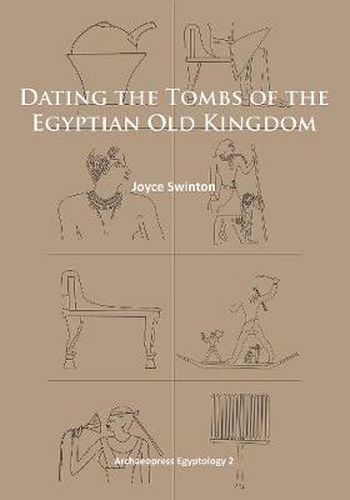Readings Newsletter
Become a Readings Member to make your shopping experience even easier.
Sign in or sign up for free!
You’re not far away from qualifying for FREE standard shipping within Australia
You’ve qualified for FREE standard shipping within Australia
The cart is loading…






The decorated tombs of the Egyptian Old Kingdom offer detailed knowledge of a society that in all probability was the first nation state in history. Yet scholars continue to find it difficult to access the full potential of this great body of data because so few of the tombs can be dated with sufficient precision to provide a relative chronology for the evidence they offer. The system of dating these monuments presented here builds on the work of previous scholars.
In this volume the author explains how the dating method was devised. This required establishing ‘life-spans’ for 104 criteria, features drawn from tomb iconography. The system is then applied to Memphite and provincial monuments spanning the Fourth to the Sixth Dynasties. The findings are that the more criteria a monument contains, the closer the system can narrow its date, certainly to a particular reign and within a generation in some cases. The final chapter analyses and discusses the strengths and weaknesses of the system.
$9.00 standard shipping within Australia
FREE standard shipping within Australia for orders over $100.00
Express & International shipping calculated at checkout
The decorated tombs of the Egyptian Old Kingdom offer detailed knowledge of a society that in all probability was the first nation state in history. Yet scholars continue to find it difficult to access the full potential of this great body of data because so few of the tombs can be dated with sufficient precision to provide a relative chronology for the evidence they offer. The system of dating these monuments presented here builds on the work of previous scholars.
In this volume the author explains how the dating method was devised. This required establishing ‘life-spans’ for 104 criteria, features drawn from tomb iconography. The system is then applied to Memphite and provincial monuments spanning the Fourth to the Sixth Dynasties. The findings are that the more criteria a monument contains, the closer the system can narrow its date, certainly to a particular reign and within a generation in some cases. The final chapter analyses and discusses the strengths and weaknesses of the system.